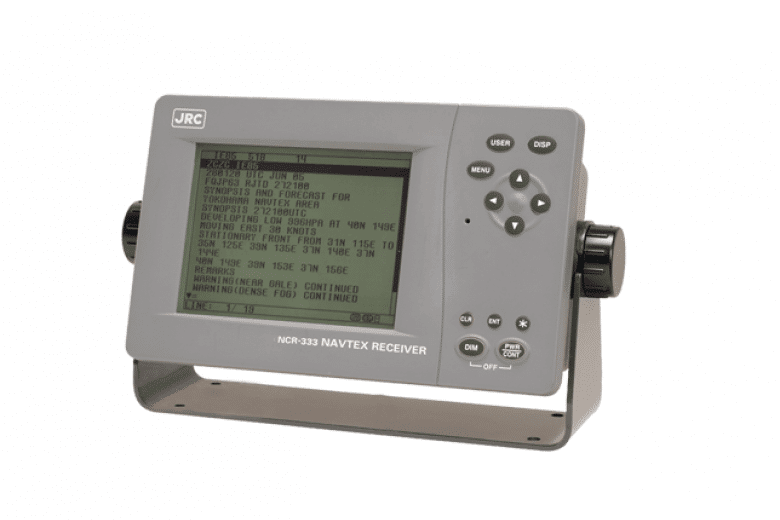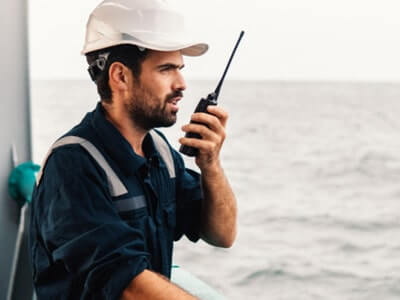FILES


The high-performance NCR-333 NAVTEX integrates a high visibility LCD display, shares the same simple configuration as its predecessor and contributes to improved safety at sea.
Triple channel reception
The NCR-333 receives NAVTEX broadcasts on the frequency channel 518 kHz, and either 490 kHz or 4209.5 kHz. The NAVTEX automatically receives broadcasts on the international standard frequency 518 kHz. Local transmissions of NAVTEX use the 490 kHz channel. The high frequency channel 4209.5 kHz is allocated for NAVTEX broadcasts. The NCR-333 also allows you to select and deselect certain types of information and coastal stations with the purpose of avoiding repeat broadcasts.
Message management
The NAVTEX is an international automated service for delivery of navigational and meteorically warnings and forecasts, as well as urgent marine safety information to ships. Given that re-reading certain messages is important, the NCR-333 can store up to 200 messages per channel. These will be available after reception for the next 70 hours. In addition, the NAVTEX allows you to permanently store up to 50 messages, with up to 500 characters per saved message.
Antenna solution
JRC offers an optional, dedicated active antenna that can be connected directly to the NAVTEX receiver. This durable, compact antenna will safeguard all your incoming messages. JRC encourages connecting this dedicated antenna to ensure dependability, however, a major advantage of JRC’s NAVTEX system, is that you can use your existing antenna in most cases, facilitating all inward messages consequently.
Flexible configuration
The NCR-333 is paperless but includes the option of a printer (DPU-414) to provide the ships log with valuable printouts if required. In order to connect JRC’s proprietary printer, a dedicated power supply is needed. JRC has two types of configurations available, the DC version and AC/DC version.







